Dr. Eleni Lagkadinou Discusses How AbbVie Is Advancing Targeted Innovation for HT Cancers

1 October 2025
In this ONCOLife exclusive, Dr. Eleni Lagkadinou, Vice President and Head of Oncology Early Development at AbbVie, reveals the company’s latest breakthroughs in antibody-drug conjugates and immuno-oncology. She provides early clinical insights into two promising investigational therapies: ABBV-969 and ABBV-514, and outlines AbbVie’s broader oncology vision—highlighting cutting-edge platforms and a strong commitment to addressing unmet needs for hard-to-treat cancers.
Let’s start with your reflections on AbbVie’s presence at AACR2025—what key data were presented earlier this year?
Dr. Lagkadinou: We presented a number of abstracts showcasing our early oncology discovery efforts and how those are driving new insights in oncology. Among these, I wanted to highlight data on two investigational molecules.
Click the picture to view the PDF version: Pg 30-34.
The first, ABBV-969, a dual-antigen targeting ADC designed for prostate cancer. The second, ABBV-514, an antibody emerging from our immuno-oncology platform and designed to target a novel marker on regulatory T cells—key players in supporting tumor growth and survival.
We also shared real-world data analyses, including folate receptor alpha expression in ovarian cancer and its relationship to other tumor markers. These insights support treatment sequencing, combination strategies, and biomarker discovery—important steps as we continue to drive the field forward and improve care for patients.
ABBV-969 targets STEAP1 and PSMA using a dual-targeting approach. Could you explain the clinical significance of simultaneously targeting these two antigens in metastatic castration-resistant prostate cancer?
Dr. Lagkadinou: This molecule targets two key prostate cancer markers—PSMA, a lineage-specific antigen, and STEAP1, which is expressed in over 85% of prostate tumors. As prostate cancer advances, tumor cells may express either one or the other, or both. The novelty of this dual-targeting approach is that it allows broader tumor coverage, which may help to reduce the risk of recurrence, improve overall response, and extend response duration.
Preclinical models show this molecule is more effective than ADCs targeting a single antigen. It’s built on our proprietary topoisomerase 1 inhibitor (Top1i) ADC platform, which has shown encouraging clinical profiles with two other molecules in advanced development: Temab-A for lung and colorectal cancer, and ABBV-706 targeting SEZ6 in small cell lung cancer (SCLC).
What advantages does Top1i offer compared to other ADC payloads being studied for prostate cancer?
Dr. Lagkadinou: Top1i, is a potent anticancer agent that induces cancer cell death by interrupting DNA replication. We have seen promising results with our proprietary Top1i ADCs Temab-A and ABBV-706 in clinical trials so far.
We’re evaluating ABBV-969 in a global first-in-human trial for castration-resistant prostate cancer, and the early data are very encouraging. Beyond the payload’s effectiveness, we’ve built in ADC design—particularly in linker stability, conjugation precision, and manufacturing quality—all critical to the clinical outcomes we’re beginning to observe.
ABBV-514 is designed to target and remove CCR8+ regulatory T cells in tumors. Can you explain why CCR8 is an important target in these immune-suppressing cells?
Dr. Lagkadinou: ABBV-514 represents a major innovation in targeting regulatory T cells, which play a critical role in suppressing anti-tumor immune responses. C-C Chemokine Receptor 8 (CCR8) is a protein that plays a crucial role in immune regulation and inflammation. CCR8 is a promising target due to its enhanced expression on tumor infiltrating regulatory T cells (Tregs), which are known to suppress anti-tumor immune responses.
What makes ABBV-514 unique is its ability, by targeting CCR8, to selectively identify and deplete Tregs within the tumor microenvironment in relation to those in peripheral tissues or normal organs. This selectivity is crucial. A higher prevalence of CCR8 expressing Tregs (CCR8+ T regs) is associated with poor clinical outcomes in several solid tumor types. Therefore, depleting CCR8+ Tregs could offer a potential therapeutic approach to enable the immune system to fight cancer.
Preclinical data we have presented, show that ABBV-514 depletes CCR8+ Tregs inside the tumor and has strong monotherapy activity in a variety of in vivo tumor models, including models that are insensitive to commonly used anti-PD-1 treatment.
The data indicated strong monotherapy activity of ABBV-514 even in anti-PD-1 insensitive models. Could you discuss the implications of these findings for patients who have progressed on standard immunotherapies?
Dr. Lagkadinou: It’s important to observe monotherapy activity in immuno-oncology (IO) agents across our pipeline—and ABBV-514 demonstrates exactly that. This is especially encouraging given learnings over the past several years since the introduction of PD-1/PD-L1 inhibitors.
Seeing monotherapy activity, particularly in models where PD-1s are ineffective, is both promising and essential. We believe ABBV-514’s mechanism of action (MOA) may also show activity in patients with “colder” tumors, which are typically more resistant to immunotherapy. This offers a real opportunity to address IO primary and acquired resistance.
In our preclinical studies, we’ve seen ABBV-514 modulate the tumor microenvironment, reinvigorating anti-tumor CD8+ T cells. Transcriptomic and phenotypic analyses support this effect, showing strong immune activation. These findings are highly encouraging as they suggest we may be able to expand treatment options for patients with immunosuppressed tumors who haven’t responded to conventional IO therapies.
ABBV-514 is currently under investigation in combination with budigalimab. How do you envision combination therapy potentially enhancing therapeutic outcomes in NSCLC and head & neck cancers?
Dr. Lagkadinou: We’re conducting a global first-in-human trial with this molecule in patients with NSCLC, head and neck cancer, and other indications. We’re exploring both monotherapy and combinations in an orthogonal manner to maximize anti-tumor activity and patient benefit.
It’s essential to understand the MOA deeply and evaluate combinations with budigalimab, while remaining open to other biology-driven combinations. We see this molecule as highly combinable—with PD-1 inhibitors like budigalimab and beyond—to potentially benefit a broader patient population.
Looking at AbbVie’s broader pipeline, what innovative strategies or emerging technologies do you see as most promising to address resistance mechanisms in hard-to-treat cancers?
Dr. Lagkadinou: Beyond our ADC platform and immuno-oncology agents like ABBV-514, we’re developing T cell engagers and bispecific antibodies, and remain open-minded in how we can transform the standard of care. Another exciting area is in situ CAR-T therapies, which we’re actively exploring as well. Equally important is our deep focus on understanding disease biology and target selection.
The right modality must be matched with the right target to achieve the best therapeutic outcomes. For example, we’ve invested heavily in understanding c-Met biology across tumor types and SEZ6 in SCLC and NENs. By connecting validated targets with optimal modalities, we aim to deliver meaningful innovation in hard-to-treat cancers.
Considering AbbVie’s substantial commitment to oncology, what are the key therapeutic areas or tumor types you plan to prioritize for development over the next five years?
Dr. Lagkadinou: Our top priority is addressing high unmet medical needs—developing treatments for hard-to-treat cancers and making a meaningful impact on patients’ lives. This includes blood cancers and a range of solid tumors such as colorectal, small cell and NSCLC, and ovarian cancer, where we’ve contributed with Elahere. We’re advancing over 35 investigational agents across 20+ tumor types in global trials.
In Oncology Early Development, my team is focused on generating early clinical data that can rapidly guide registrational trial strategies. When designing these trials, we prioritize solving real patient problems, integrating patient-centricity from the start, while also considering regulatory pathways and generating differentiated data to support strong positioning within the evolving treatment landscape.



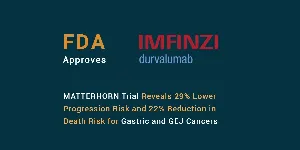
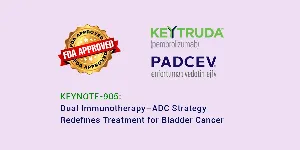

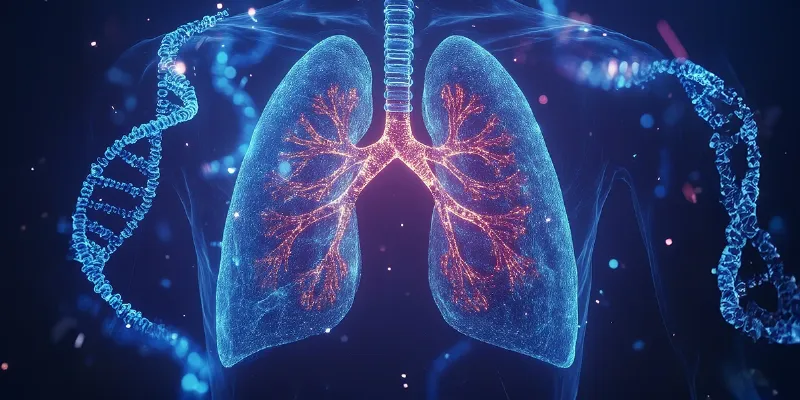
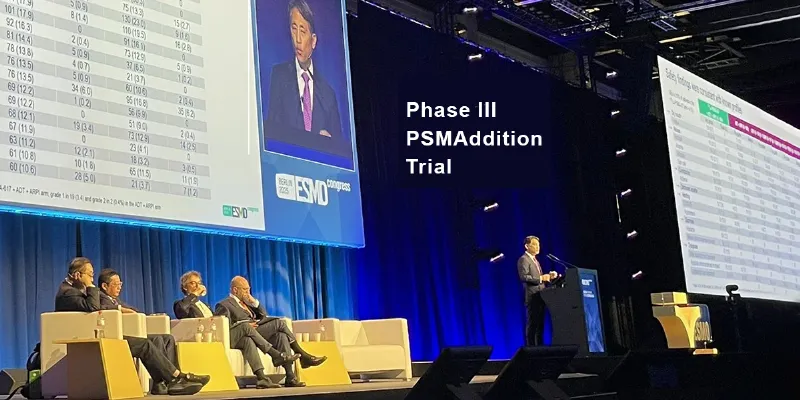
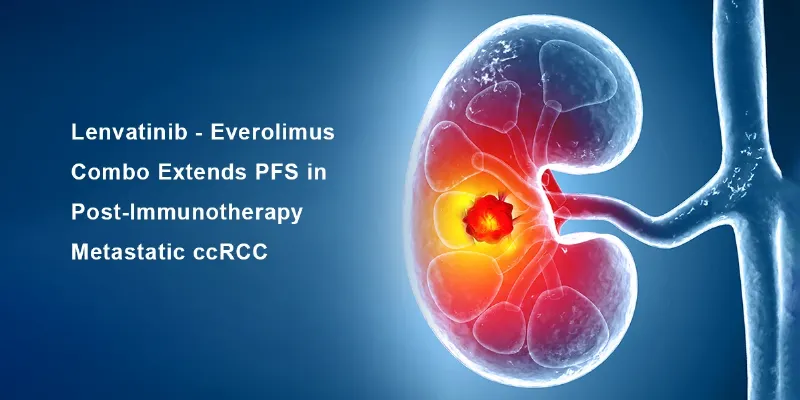
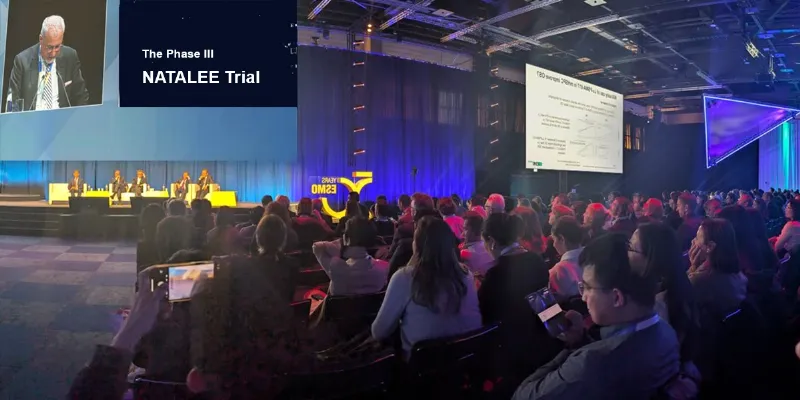
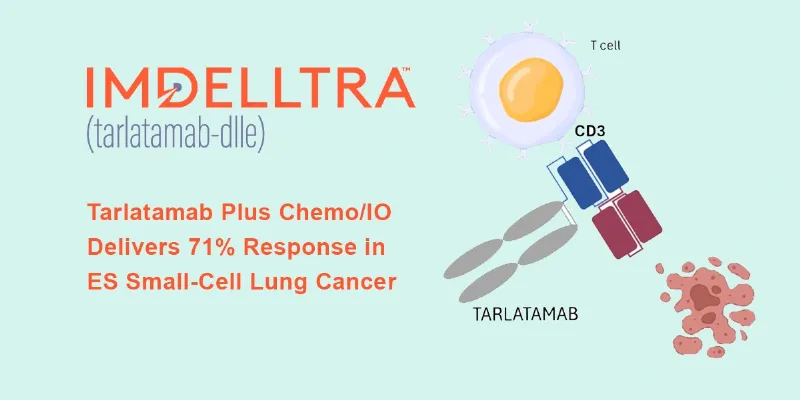
Comments
No Comments Yet!